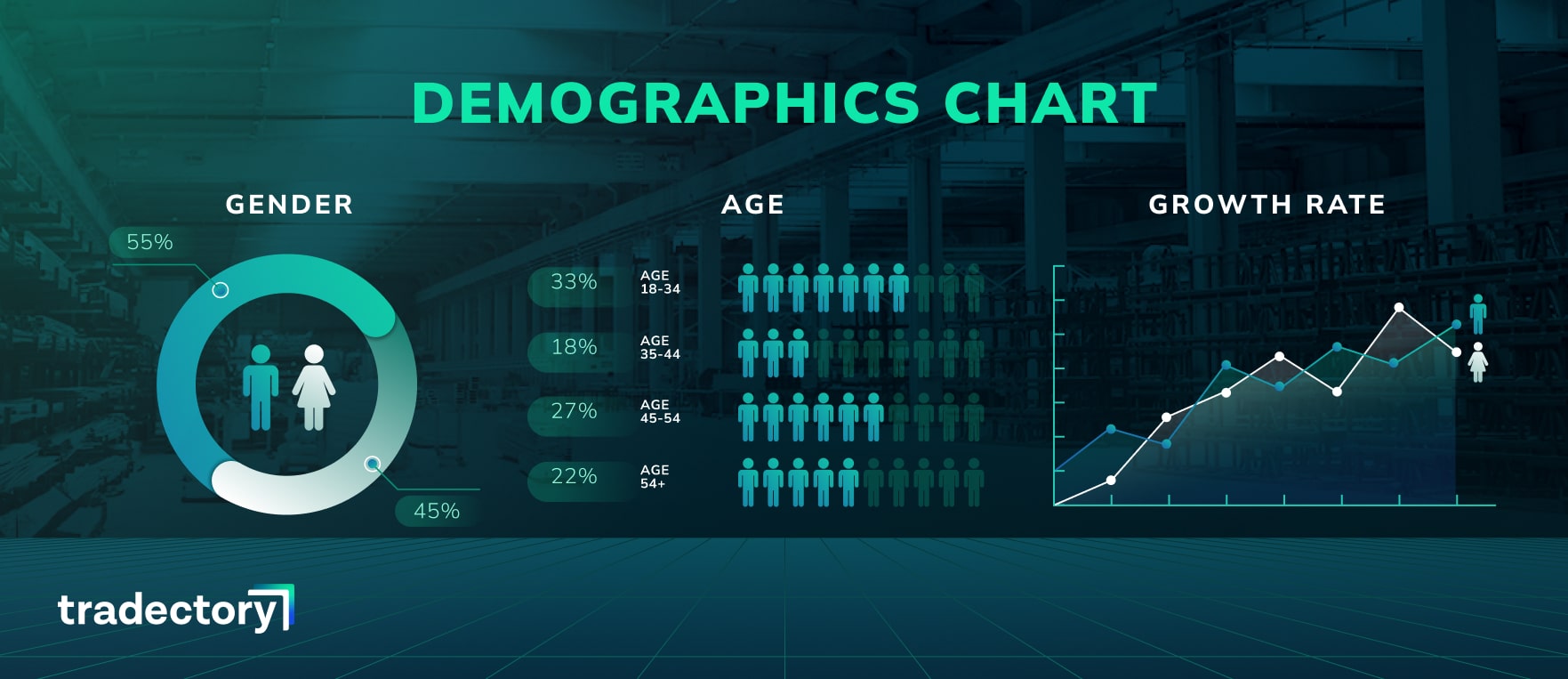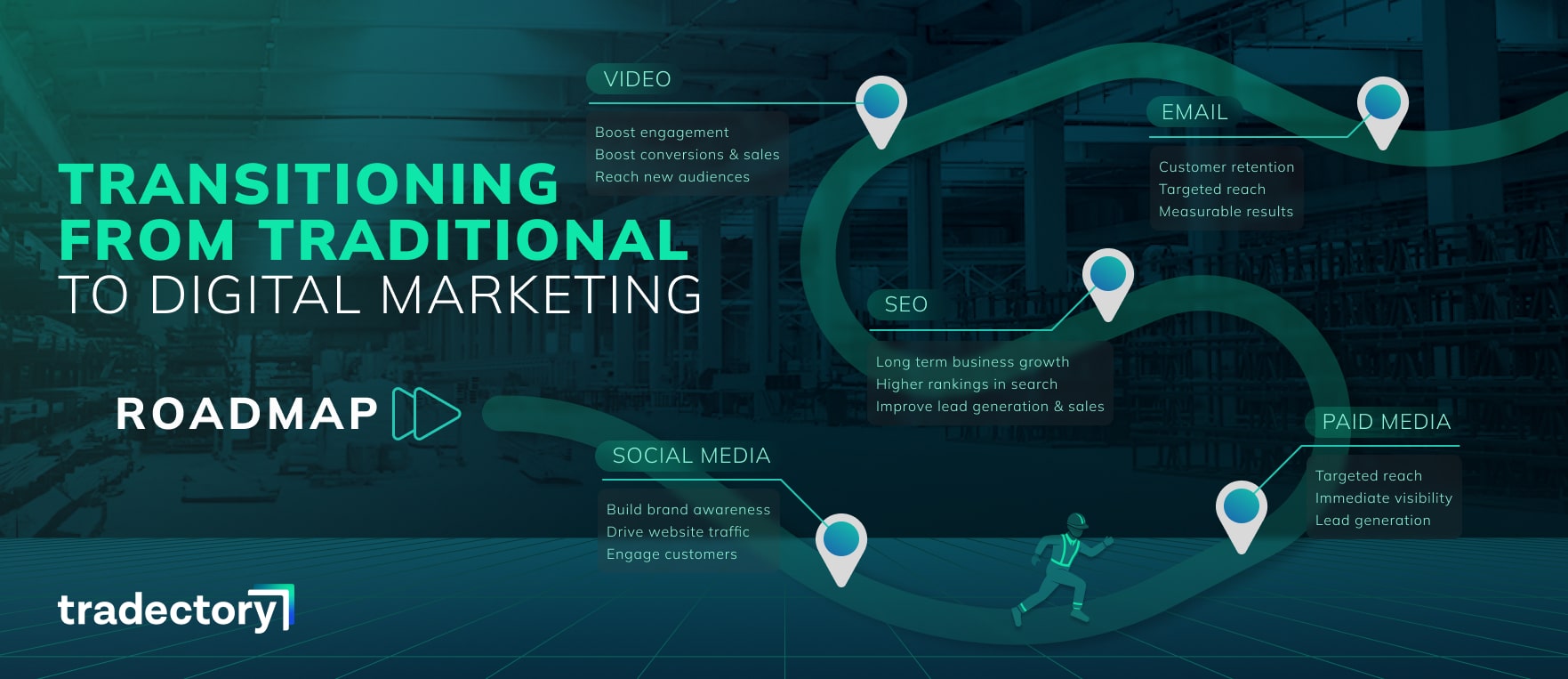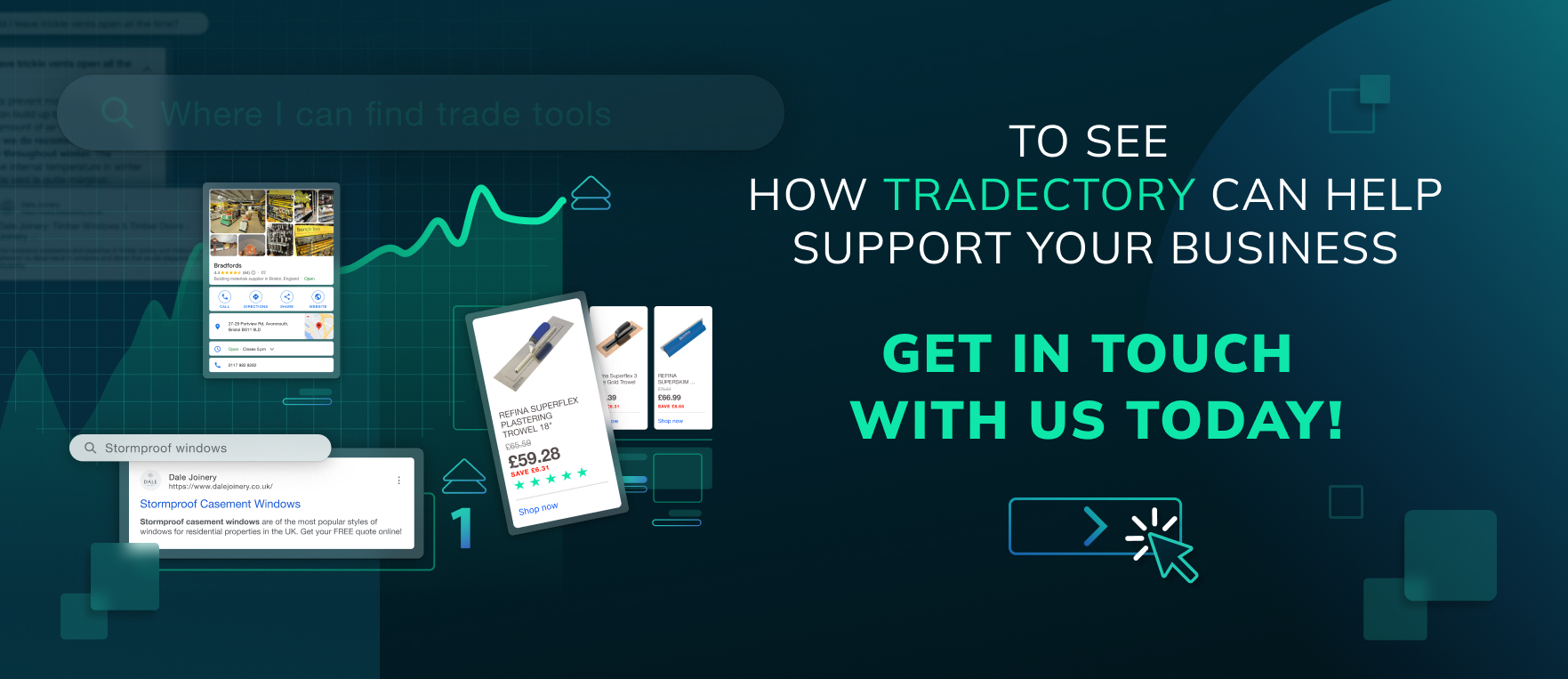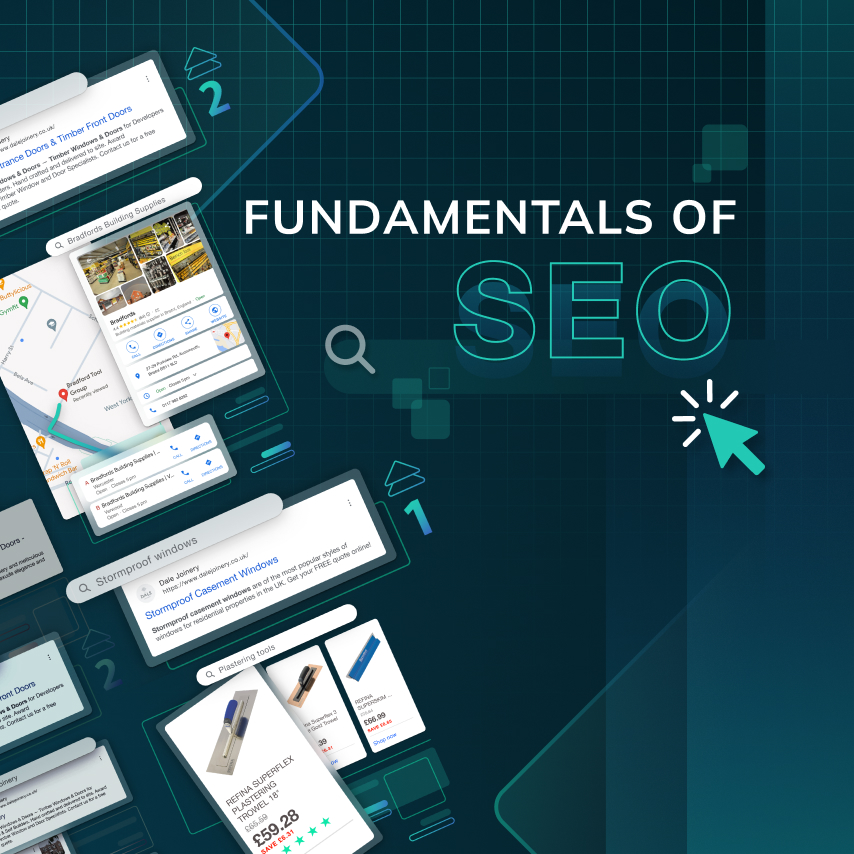Challenges Facing Manufacturers
Marketing is like laying the foundation of a building; without a solid strategy, everything else crumbles. In the construction industry, where competition is as tough as reinforced concrete, manufacturers must work harder to stand out. However, marketing for manufacturers isn't as simple as hammering in a few ads and waiting for results. It requires precision, planning, and the right tools. Let's dig into the five biggest marketing roadblocks and how to bulldoze right through them.
Challenge 1: Reaching the Right Audience
Finding the Right Decision-Makers
Getting your product in front of the right people can feel like searching for the right-sized bolt in a massive toolbox - time-consuming and frustrating. The construction industry has many decision-makers, from architects and engineers to procurement managers and contractors. Old-school marketing methods, like trade shows, are no longer enough to reach them all.
The Solution:
- Use Data Like a Blueprint: Develop buyer personas based on real data so you're targeting the right people with precision.
- Leverage LinkedIn and Industry Platforms: Think of these as your marketing scaffolding, helping you reach the right professionals in an industry-specific way.
- Try Account-Based Marketing (ABM): Instead of tossing nails everywhere, place them exactly where they need to go. ABM helps you focus on specific companies with tailored marketing messages. This can lead to higher engagement rates, conversion rates and overall, revenue.

Challenge 2: Differentiating Products in a Competitive Market
The Importance of Standing Out
If you're a small to mid-sized manufacturer, competing against industry giants can feel daunting and overwhelming, and you risk getting lost in the shadows. Buyers tend to go with names they recognise, so it's essential to hammer home what makes you different.
The Solution:
- Develop a Unique Value Proposition (UVP): Highlight what makes your product the steel beam that holds everything together - whether it's durability, sustainability, or cost-effectiveness.
- Tell a Story That Sticks: Share case studies and success stories that show how your product solves real-world construction challenges.
- SEO: The Foundation of Online Visibility: Utilise SEO and optimise your content with niche-specific search terms, ensuring your brand shows up when construction professionals are searching for solutions.
Challenge 3: Transitioning from Traditional to Digital Marketing

Moving from Print to Pixels
Many manufacturers still rely on brochures, catalogues, and trade shows. Although these methods can still be effective and provide value, digital marketing provides a gateway to reaching a wider audience for a fraction of the cost. Plus, it's more efficient, scalable and trackable when done right.
The Solution:
- Start Small, Like Laying the First Brick: Implement simple digital strategies like organic social media to build your brand awareness. Consider paid social ads and search ads if you're looking for impactful and quick results before moving on to longer-term marketing channels such as SEO.
- Train Your Team Like an Apprentice: Upskill marketing and sales teams so they can use digital tools effectively.
- Measure Performance & Follow The Data: Use analytics and data to track performance and show how digital marketing drives real results. After all, it's data that drives even better strategies that maximise your investment.
Challenge 4: Demonstrating ROI for Marketing Efforts
Proving Marketing Worth
Many manufacturers see marketing as an unnecessary cost, like adding extra reinforcement when they think a basic beam will do. But just like in construction, cutting corners leads to weak results. Proving marketing ROI is crucial to securing continued investment.
The Solution:
- Use CRM and Analytics Tools: Track lead sources, customer journeys, and conversions to show marketing's impact.
- Monitor KPIs Like a Project Timeline: Key metrics such as lead quality, lead generation, purchases, customer acquisition cost (CAC), and customer lifetime value (CLV) help prove marketing's long-term value.
- Think Long-Term: Don't just measure short-term wins; develop frameworks to track success over months or years.
Challenge 5: Adapting to Rapid Industry Changes
Keeping Up with Trends
The construction industry is constantly shifting due to new technology, supply chain issues, and evolving customer demands. If you're not adaptable, you risk being left behind like an abandoned building project.
The Solution:
- Stay Connected: Engage with trade associations, industry events, and online communities to keep up with trends.
- Use Agile Marketing Like a Multi-Tool: Be ready to shift strategies when the market changes, whether it's new regulations, supply chain disruptions, or emerging technologies.
- Team Up with Distributors: Strong partnerships help ensure product visibility and availability.
Final Thoughts
Construction marketing for manufacturers isn't just about throwing ads around like loose gravel; it requires careful planning, the right tools, and a solid strategy. By using data-driven targeting, storytelling, digital marketing, ROI measurement, and adaptability, manufacturers in the construction industry can build a strong, sustainable presence.
Are you a manufacturer in the construction industry aiming to stand out in a competitive market? Reach out to the expert team at Tradectory for a free consultation today. With a proven track record of successful campaigns and strategies for leading construction brands across the UK and Europe, we know exactly what drives results.


The Messy Middle: A Strategic Approach to Multi-Channel Marketing
Discover how to navigate the ‘Messy Middle’ of multi-channel marketing with a strategic approach that maximises engagement, boosts conversions, and streamlines the customer journey.

Understanding The Basics of Paid Media: A Beginners Guide for The Construction Industry
Discover the fundamentals of paid media tailored for the construction industry. Explore the distinctions between paid, owned, and earned media, and identify the best paid media channels for your needs.

Understanding The Basics of SEO: A Beginners Guide For The Construction Industry
Understand the fundamentals of SEO with our beginners guide for the construction industry. Discover the importance of on-page, off-page and technical SEO for your website.




